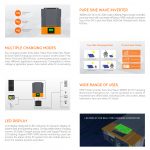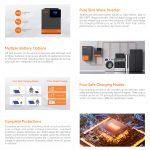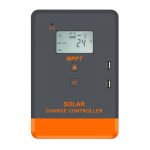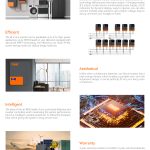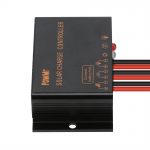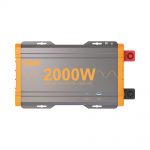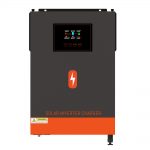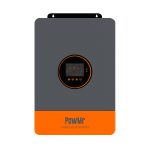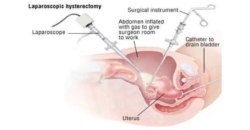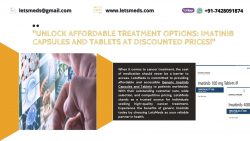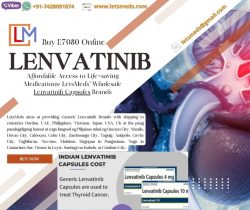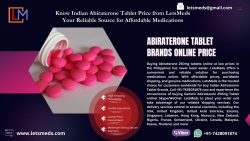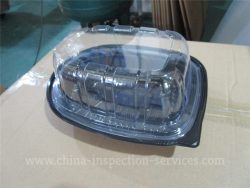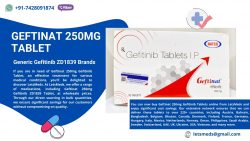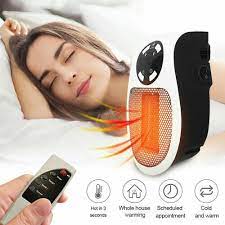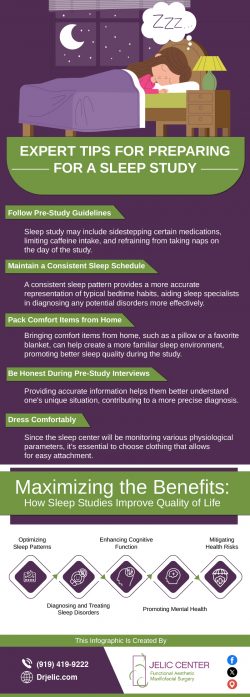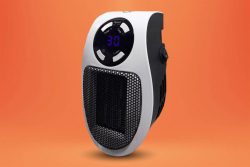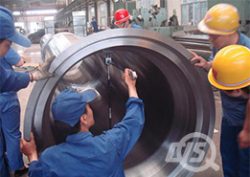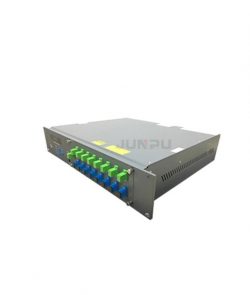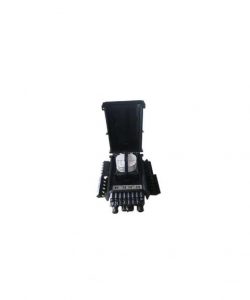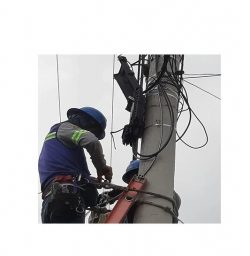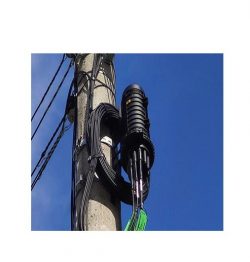Supplying power to the solar inverter load
Home UPSs also have advanced safety features such as automatic reset when AC power is restored, overload and short circuit protection in battery mode, and sleep mode to extend battery life. You may have realized that while smartphones and digital devices seem to be getting smarter, many home appliances haven’t really caught up. Most of them don’t allow you to access remotely or even connect to the internet in any way. Now, however, that will change with smart appliances like Zelio Wifi. Do you just pick one and want everyone to be the same?
Well, if you did, then that’s bad news for you, because while the battery looks about the same overall, there are a lot of differences between a reliable battery and a more affordable one. There are also various solar charge controllers on the market today. There are 40A solar charge controllers and 30A solar charge controllers to safely control your energy and protect your battery from overcharging. They also provide basic protection against reverse battery connection. The Hybrid Inverter draws power from the battery and provides power in the event of a power outage.
It turns out to be very useful and convenient, and provides the perfect backup power solution. There are various types of power inverters available today, and individuals will still buy one in the event of a load shedding. If there is no power supply, in this electronic world, everything stops. It’s not uncommon for an MPPT unit to be over $1000, especially when it’s a large unit.
According to comparison shopping engine – PriceGrabber, the most expensive 60A MPPT solar charge controller is priced at $1,000.68 by the MidNite Solar Classic Lite 60A Controller. Inverters less than 1500VA are called low-capacity inverters and support one battery, while inverters of 1500VA or larger are high-capacity inverters and support multiple batteries. The single-cell inverter is designed with a 12V system.
Inverter batteries produce lead sulfate, which is deposited on the interconnecting areas (battery terminals) of the battery and inverter during normal operation. Lead sulfate increases the resistance of the current conduction path and prevents current from flowing from the inverter to the converter. If there is a buildup of lead sulfate, clean the battery with warm water and a nylon brush. How to choose a good MPPT Solar Charge Controller. 4 factors to pay attention to when buying a solar charge controller.
Function: The function of the solar charge controller, we all know that the main function of the solar charge controller is charge and discharge regulation, but usually in addition to charge regulation, the charge controller also has additional functions depending on the manufacturer and manufacturer. design. A power UPS or UPS is to change direct current (DC) to alternating current (AC). The input voltage, output voltage and frequency and total power handling of the electronic device or circuit depend on the design of the specific device or circuit. The UPS does not generate any power; the power is provided by DC power.
Power UPS can be completely electronic or a combination of mechanical effects (eg rotating gear) and electronic circuits. Methods for sizing charge controllers. Solar charge controllers are specified by voltage and amperage. You will need a suitable solar controller to support the voltage of your solar panel array and then output to the voltage of the battery pack. You also need to make sure your solar charge controller has enough capacity to handle the current from the solar panel array. You have to divide the wattage of the solar panel by the voltage of the battery pack to get a rough estimate of how many amps the controller needs.
In a pure sine wave inverter, the voltage rises and falls in waves. There are specific points when the voltage is zero. In a modified sine wave inverter, the voltage remains at zero for an extended period of time and then changes immediately. For some devices that are sensitive to zero voltage, the modified inverter can be detrimental. Therefore, the safest bet is to use pure sine wave inverters and not care about their price, as compromises can quickly cost you more than you might expect.
Introduction of solar charge controller. The solar charge controller is also known as solar charge and discharge controller. It is used in solar power generation system to control the multi-channel solar cell array to charge the battery, and also control the battery to supply power to the solar inverter load. It regulates the charging and discharging conditions of the battery. On the other hand, it is not mechanical tracking technology that physically moves the modules in the direction of the sun to convert more solar energy into electricity.
An MPPT solar charge controller is an intelligent electronic device that looks at the power output of the solar array feeding the charge controller and sees the battery pack that needs to be charged and matched to voltage and current to utilize maximum output. solar panel.

